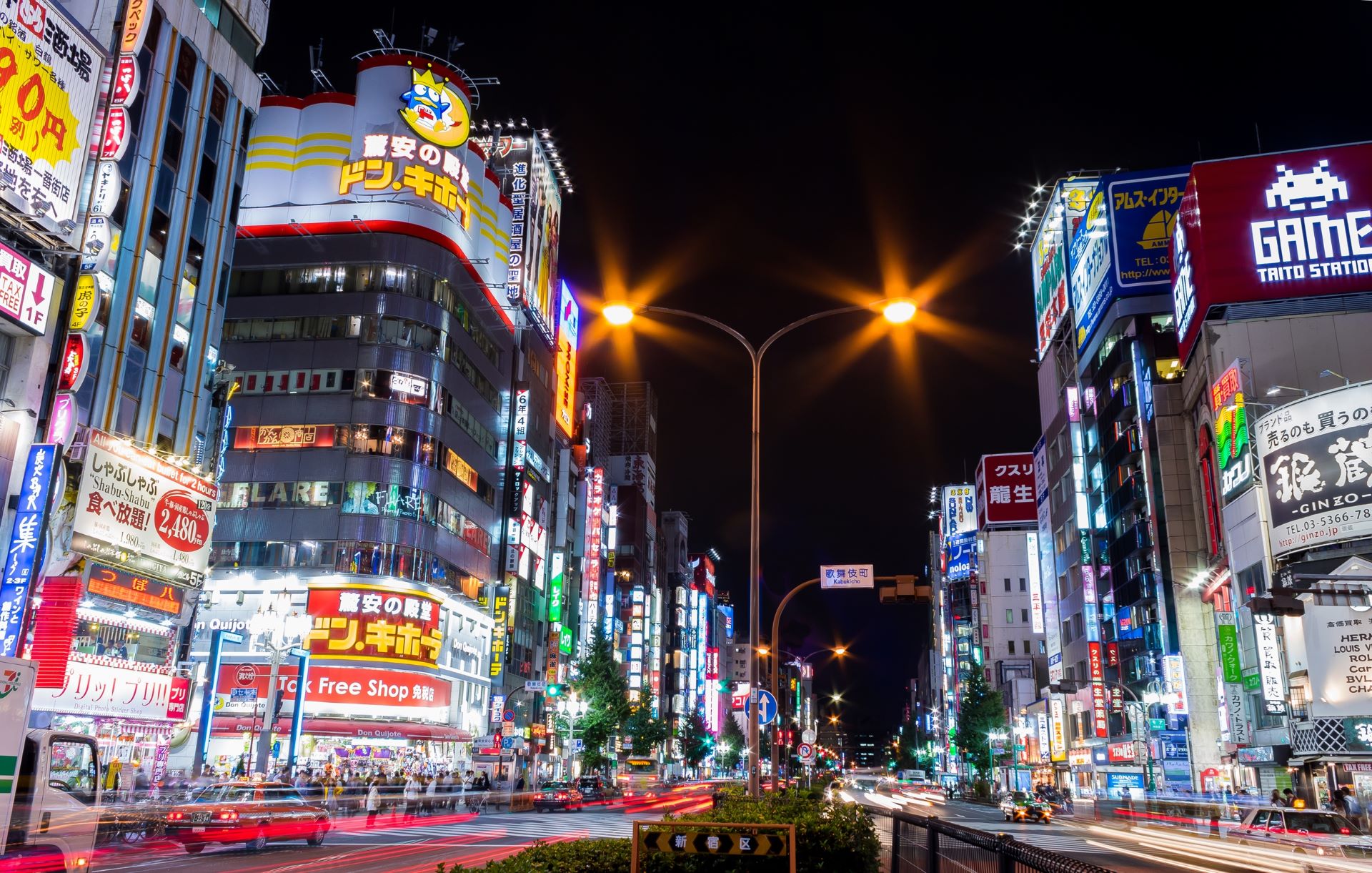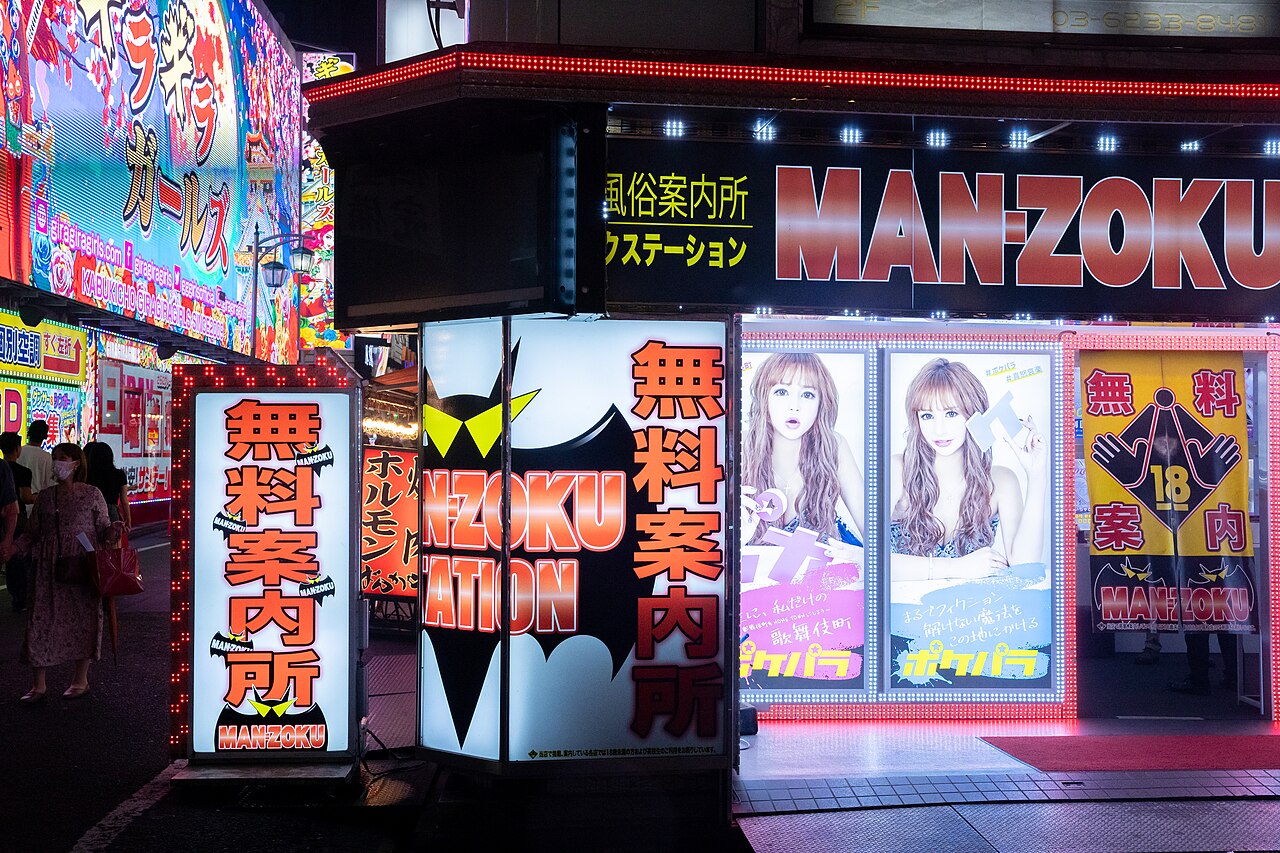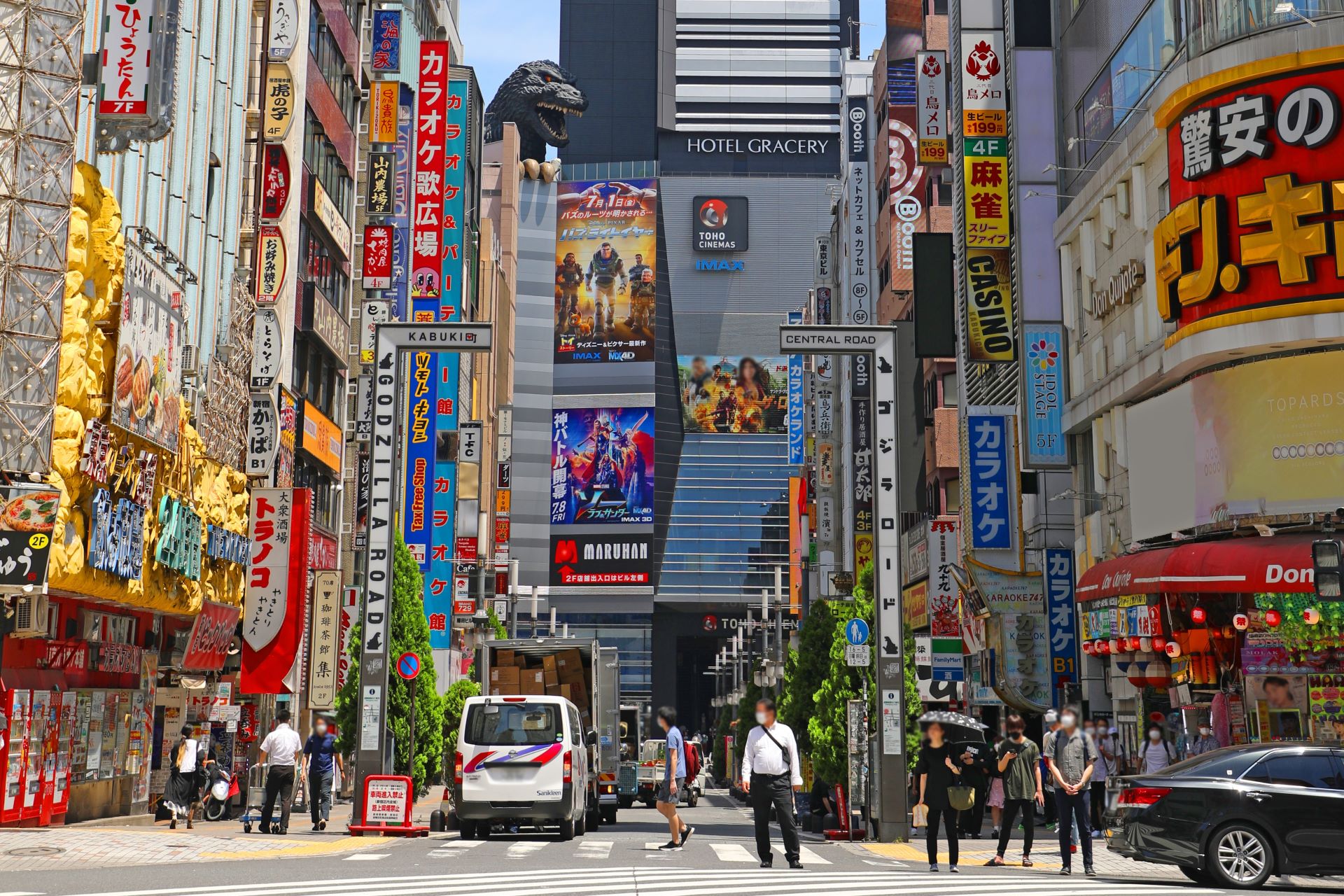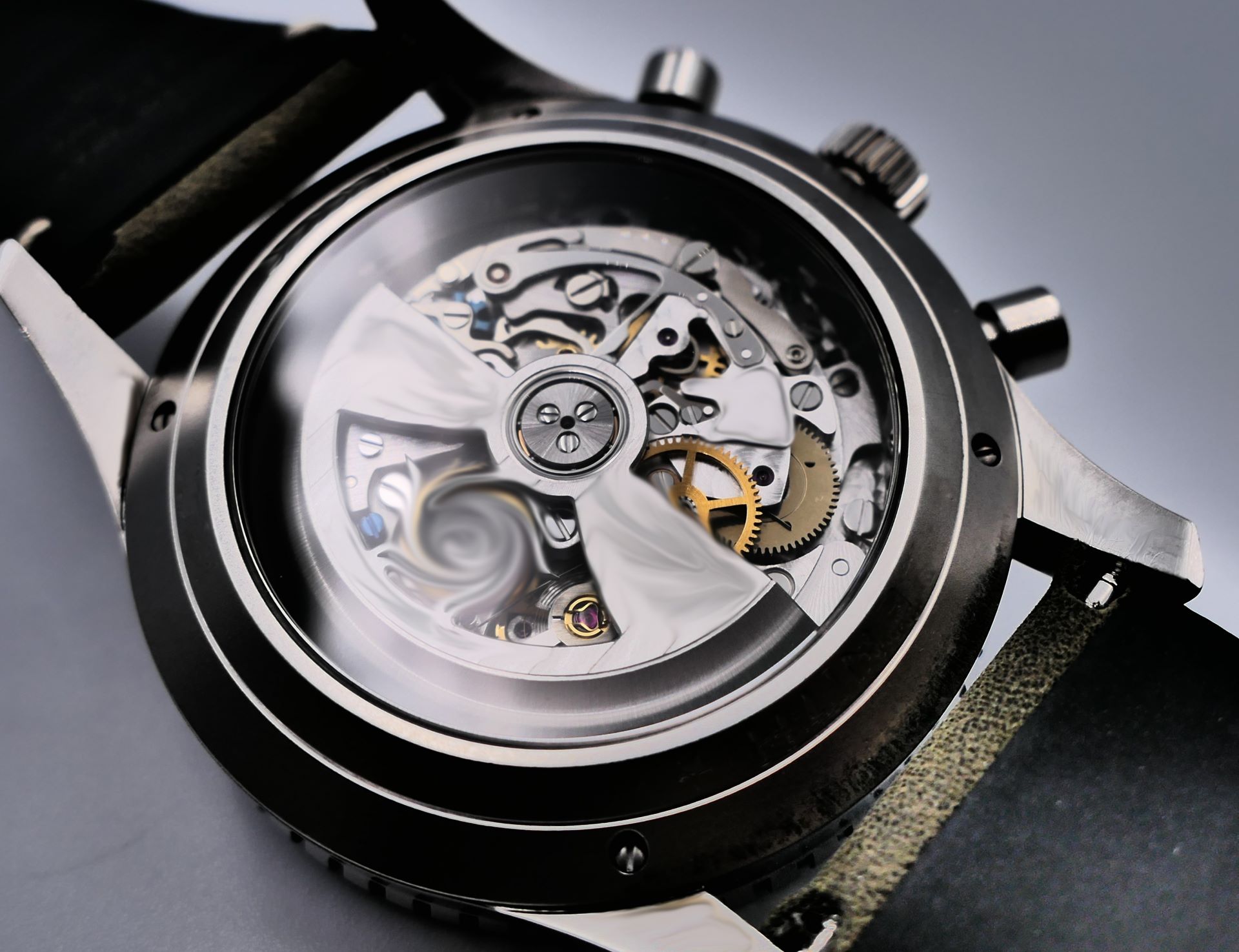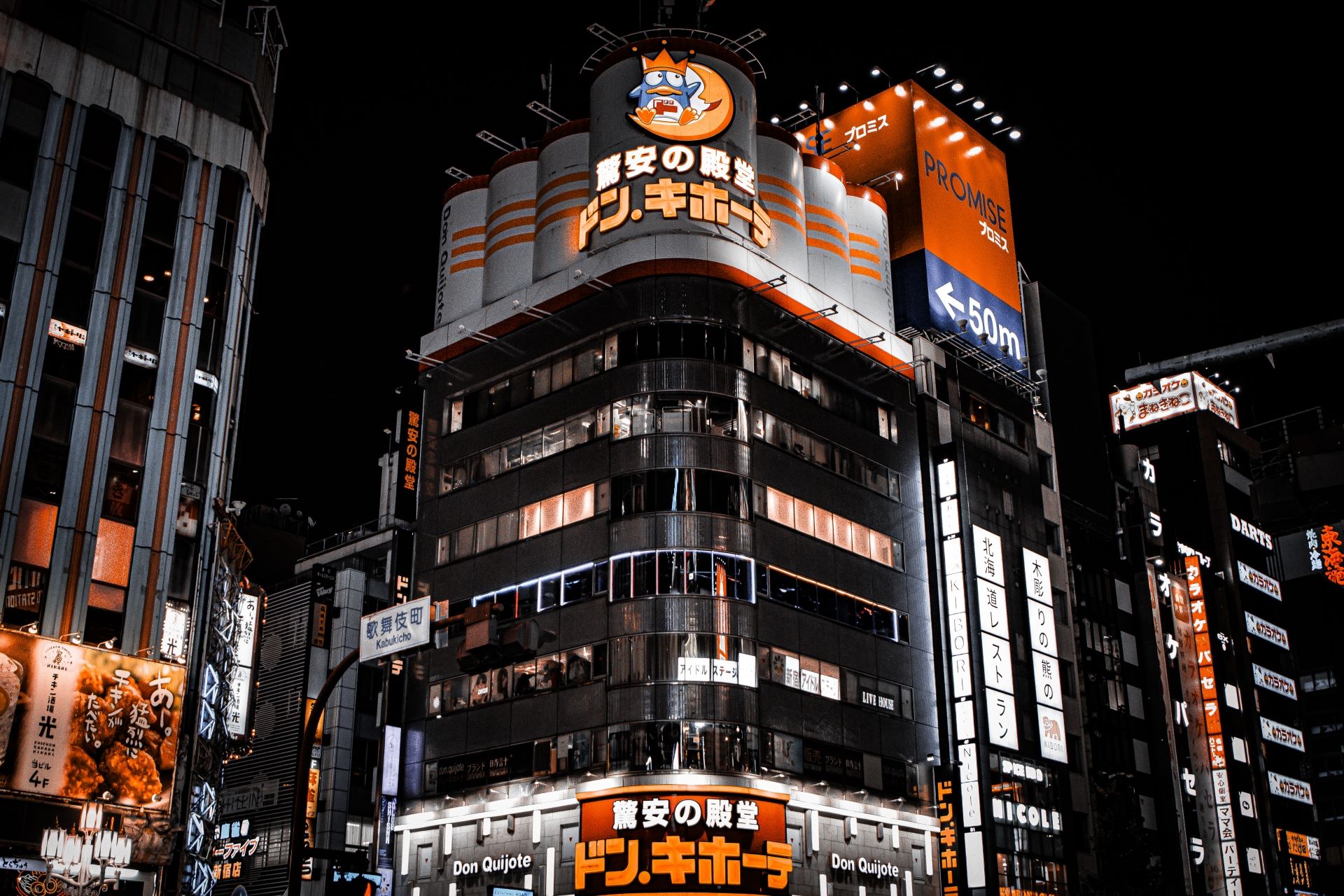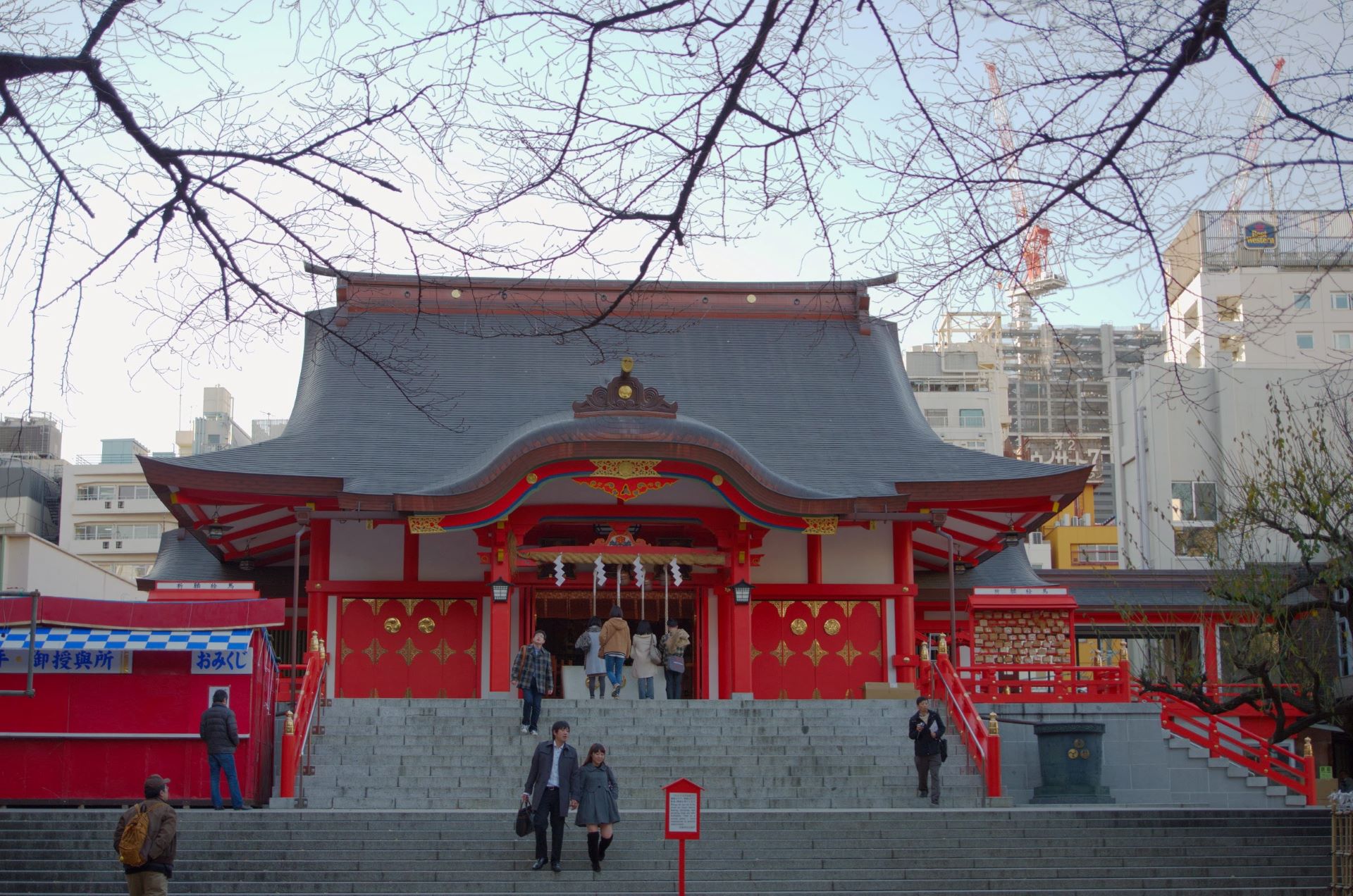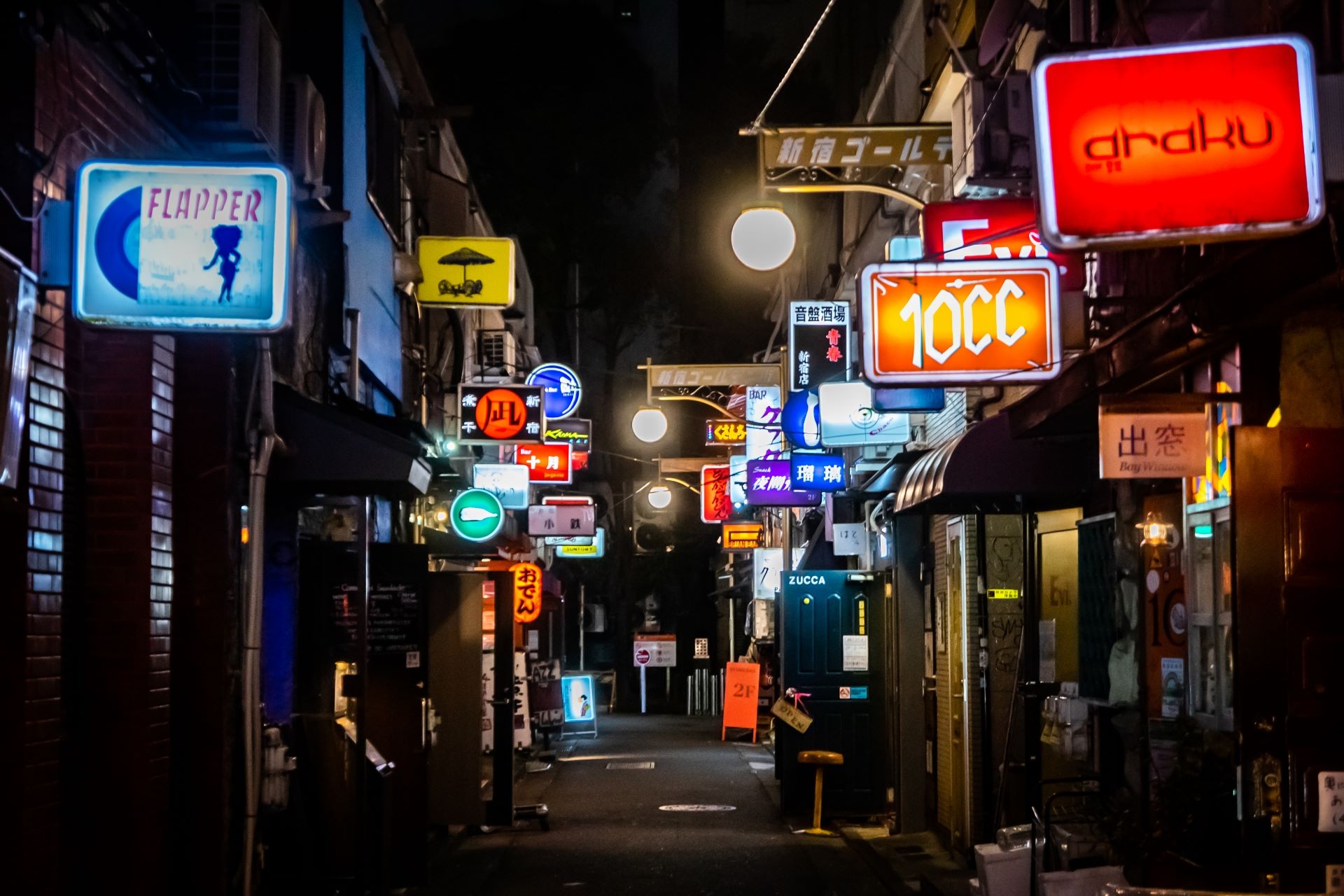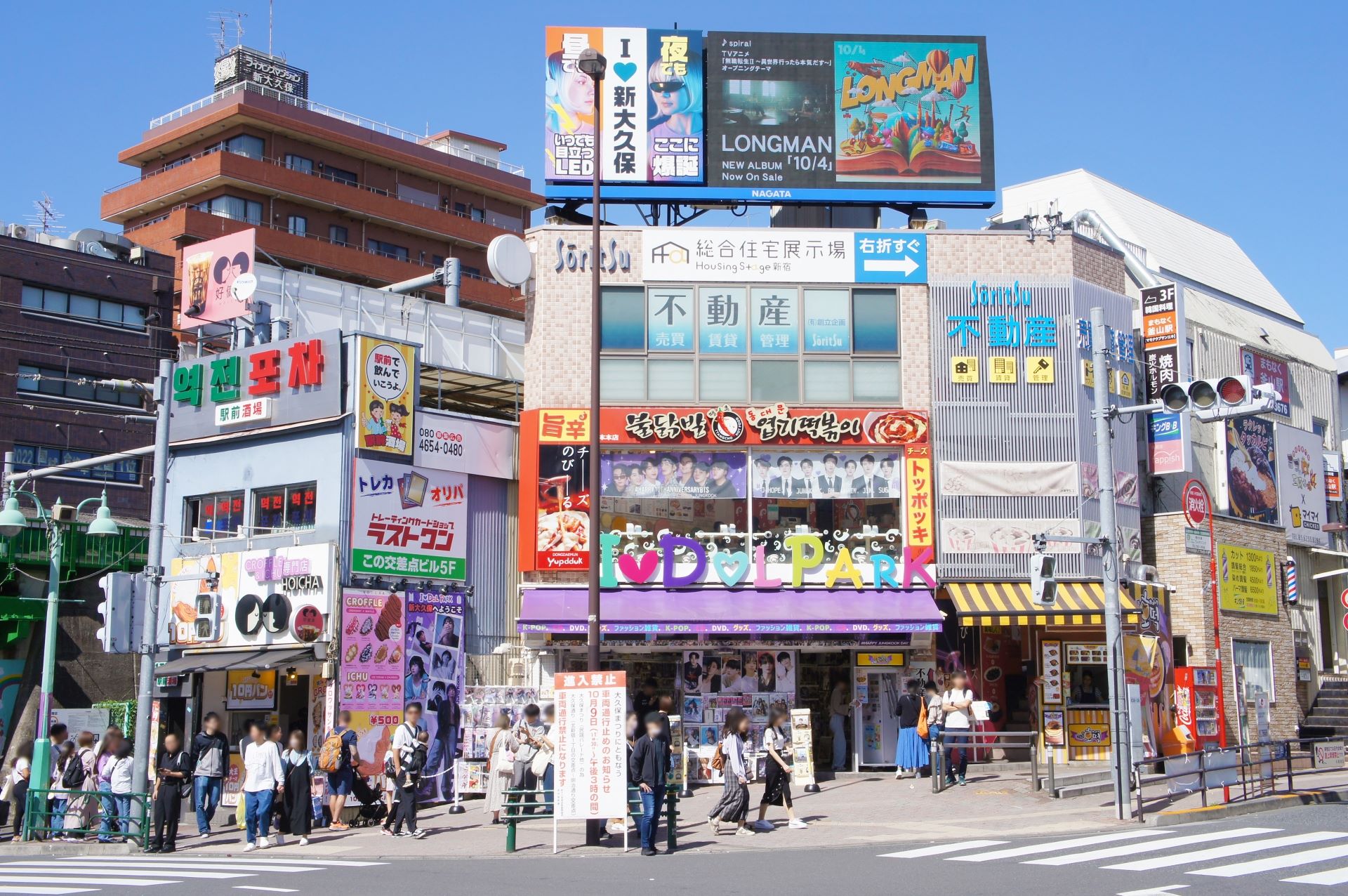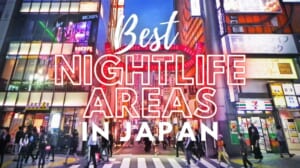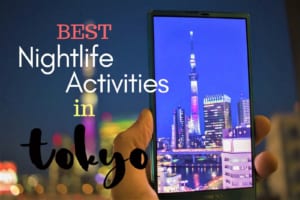Kabukicho: Tokyo’s Red Light District, a Survival Guide
Guide to Shinjuku Kabukicho in Tokyo
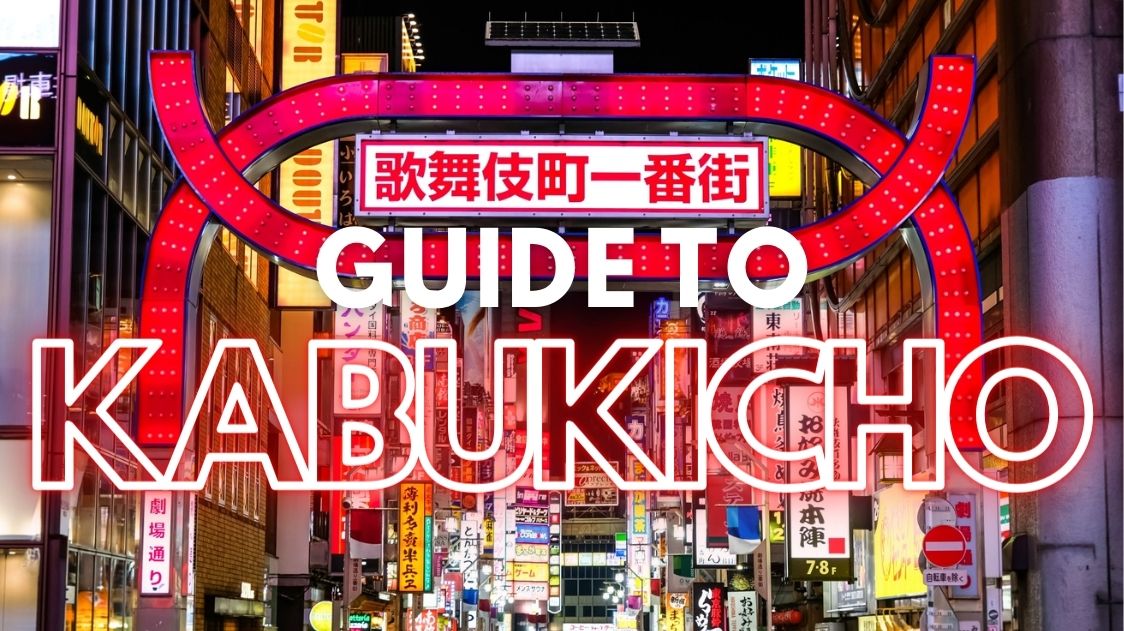
Ready to take a walk around the rowdier side of Tokyo? I don’t mean to disappoint you though, as notorious as it is, Shinjuku’s infamous entertainment district is still one of the safest places in the world by Western standards, in line with Japan’s all-around incredible safety.
This is not to say that Kabukicho is all bark and no bite. You should definitely be on the lookout for certain things but overall, for the average tourist this district is probably a strange mix of everything you expect about Tokyo and some of what you may never understand about Japan.
I’m not being deliberately confusing, I promise.
Looking for an all-encompassing guide around Shinjuku? Look no further and check our All-in-One Guide to Shinjuku!
Check also: 1 Day Itinerary in Tokyo: SHINJUKU & 20 Best Things to Do in Shinjuku
*Please note that this article contains affiliate links.
What is Kabukicho?
Kabukicho (歌舞伎町) is often described as Tokyo’s red-light district. While not factually correct in the sense that this is not an official denomination (unlike during pre war times, sanctioned red light districts do not exist anymore in Japan), Kabukicho is definitely a center for adult entertainment, with tons of +18 establishments like peep shows, adult content shops, love hotels, etc.
All of this is in addition to countless restaurants, izakayas, bars and host/hostess bars, karaoke parlors, etc. And yes, if so inclined, you will find what you expect from your average red-light district, but being outside of the law, that will be treated like a private matter you should be careful with.
So what’s with the name ‘Kabukicho’?
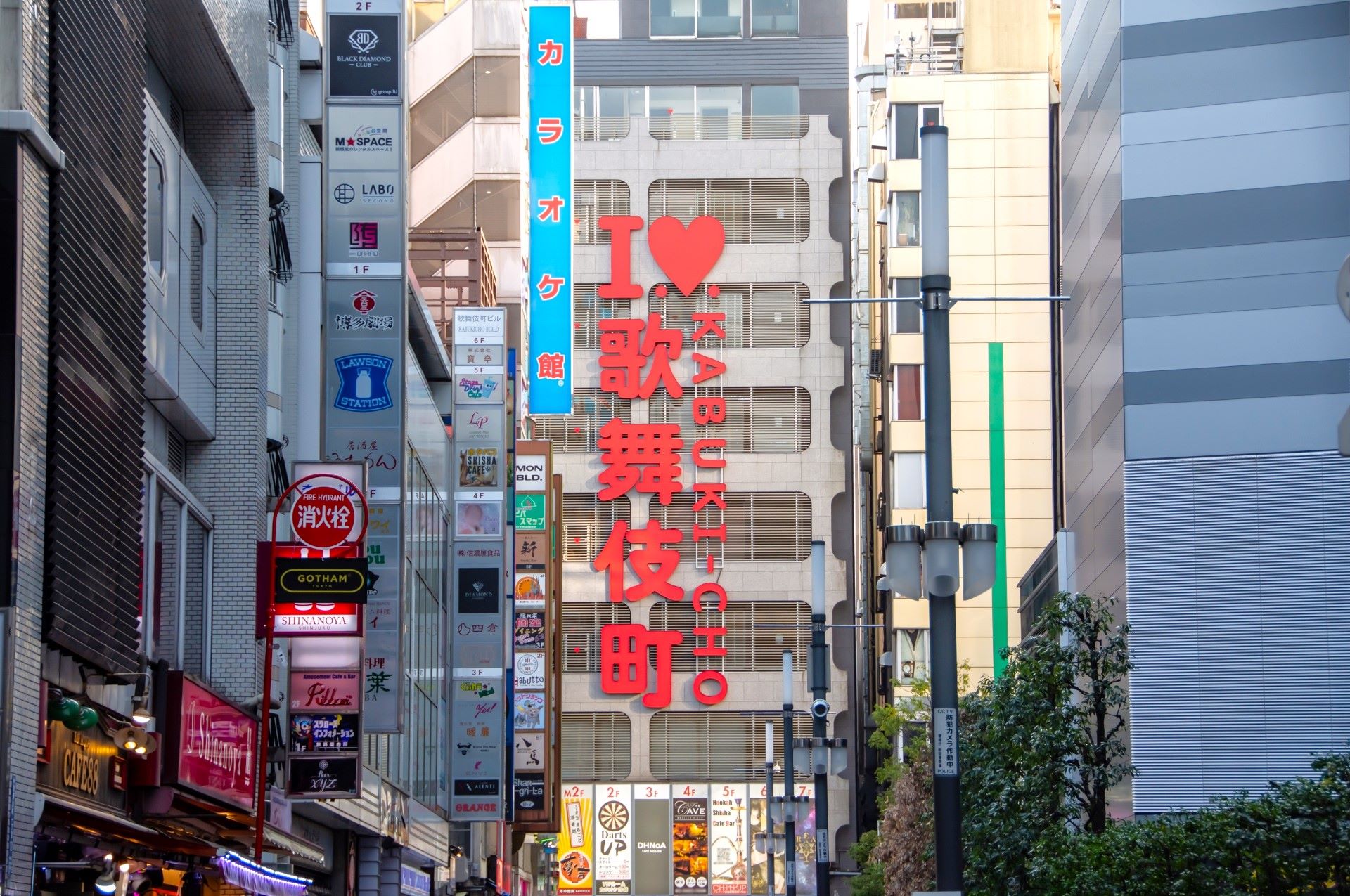
Well, more or less. But not exactly.
Originally, the district’s name was Tsunohazucho. It was completely obliterated during the war, so post-war reconstruction efforts included an initiative to dynamize the area, turning it into a theater district, and thus the name was changed to Kabukicho. However, the plans were far too ambitious for their own good, and a movie theater and cultural center ended up being built instead.
All in all, save for the ‘kabuki’ aspect, the revitalization efforts to transform the area into an entertainment district proved successful, and the ‘Kabukicho’ name stuck despite it all and so it was maintained until present times.
By the way, if you’re hoping to visit an actual Kabuki Theater, here you can find the real deal.
What to do at Kabukicho
Once you’re here, you will realize how fitting the “entertainment district” concept is applied to Kabukicho. This is but a tiny fragment of Tokyo’s massive metropolis, and yet, you’ll hardly run out of things to do.
Take a photo of the red gate
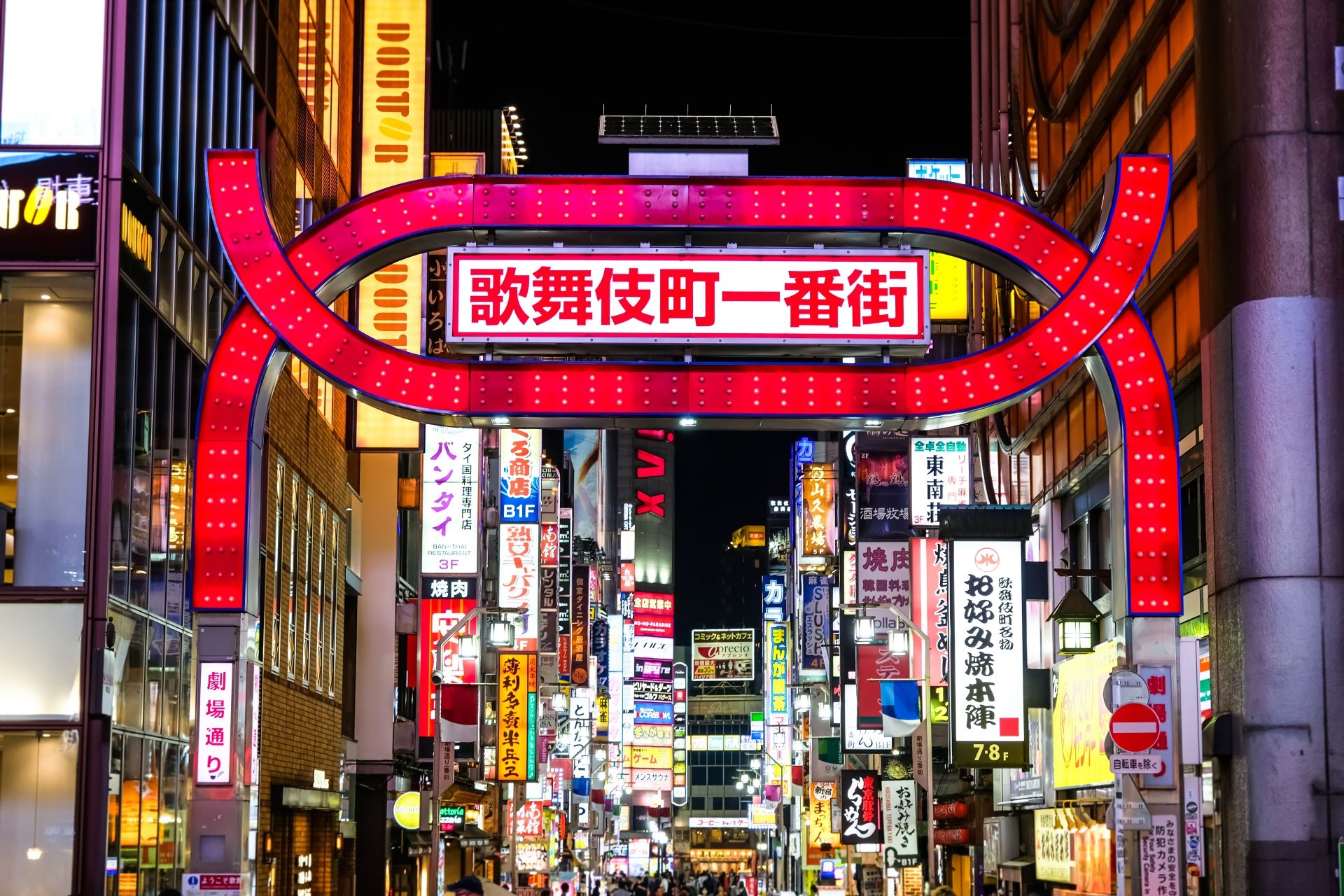
Pay your respects to Godzilla
Running parallel to Kabukicho’s main road lies none other than Godzilla Road! If you look closely, you will notice Godzilla’s ferocious head looking at you from atop a terrace within the Shinjuku Gracery Hotel, above Toho Cinemas. Unfortunately, the terrace where the head is located is off limits unless you’re a hotel guest, but you can still get a decent view from the street! For die-hard fans, you can always try to book a hotel room:
<<Book “Hotel Gracery Shinjuku” at the best rate!>>
Check out 2nd hand luxury items
Japan’s 2nd hand scene is as good as it can get. There are lots of specialized chains and local shops where you can find a variety of items in top condition at a fraction of the retail price, including luxury brands. While this is commonplace all over the country, Kabukicho has a higher density of shops dedicated exclusively to luxury items. Rumor has it that hosts/hostesses are quick to sell expensive gifts received from their clients, which is why there are so many luxury accessories available.
Buy silly souvenirs at Don Quijote
You’ve probably noticed the large building with a fairly conspicuous crowned penguin at the top. And if you haven’t, you probably should. Don Quijote is probably one of the most popular variety shop chains in the country both among locals and tourists where you can find virtually anything from daily necessities to quirky souvenirs. This location in particular is open 24h so it’s perfect for last minute shopping.
Related: 10 Must-Buy Items at Don Quijote in Japan!
Suffer from sensory overload and zero regrets at Samurai Restaurant
When you see the name Samurai Restaurant, you have to forget all notions of traditional Samurai themes and the kind of service you would expect at your average restaurant. It’s better to think of this place as a crazy and flashy variety show where you can enjoy a nice bento (out of a selection of six possible options) while a delightfully kitsch spectacle unfolds in front of you with so many things happening at once, you may struggle turning your head so many times and still missing half of the action. 10/10 you will want to go back for more.
More info: Samurai Restaurant in Shinjuku
▶︎Book your Samurai Restaurant seats right now!
Have fun at Kabukicho Tower

One of the newest local attractions, Tokyu Kabukicho Tower is a 225-meter-tall skyscraper that, since its opening in April 2023, it’s become one of the most recognizable landmarks on the area, towering above the district and dominating the landscape from the neighboring areas. Including two hotels, night entertainment facilities, arcades, live music venues and a food hall with many different restaurants, among many other things, this location is practically an all-in-one entertainment complex.
Ignore the touts
Despite its overall seedy reputation, there is a fair share of legit bars in Kabukicho where you can just drink like in any other bar. But among the usual street crowd, you’ll find some seemingly friendly but pushy individuals trying to sweet talk visitors into getting into a bar or offering free flow of alcoholic drinks for a few thousand yen. Ignore them.
At worst, a polite but firm “no” should suffice. There are far too many scam stories with tourists ending up paying a hundred times the promised amount for the risk to be worthwhile.
Visit a host/hostess bar or similar (at your own risk)
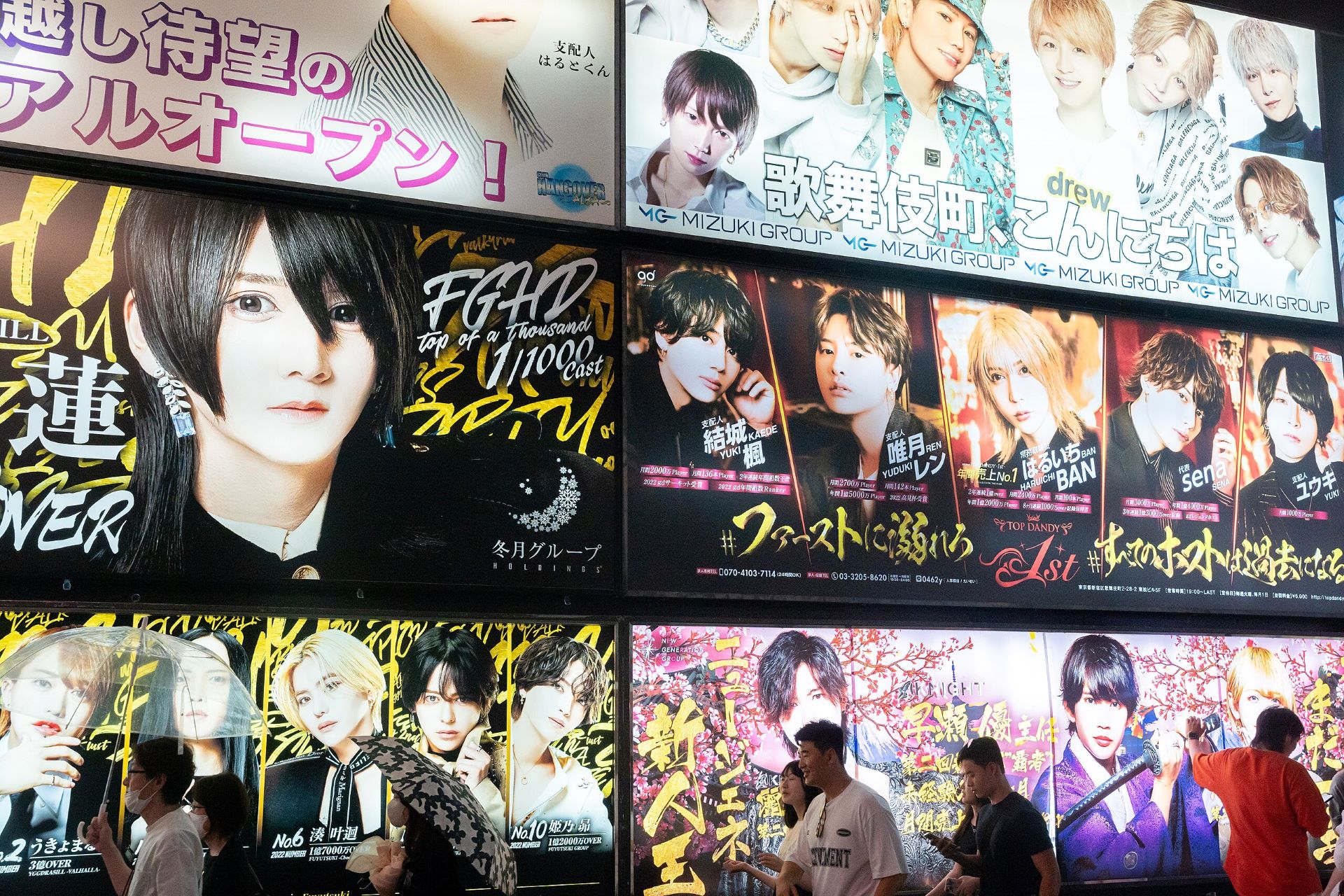
These establishments are the bread and butter of the red-light district. Their business model is straightforward: in addition to your own drinks, you get to enjoy the presence of a young and attractive companion, the so-called host or hostess, as long as you cover their drinks as well. Naturally, this person will keep trying to convince you to continue to get drinks; the pricier, the better.
After all, getting you to spend as much as possible while entertaining you is literally their job description. In all honesty, I do not recommend these places, but if curiosity gets the better of you, at least be mindful of the tab and try to avoid racking up a sizable debt.
Is it raining/snowing? Get underground
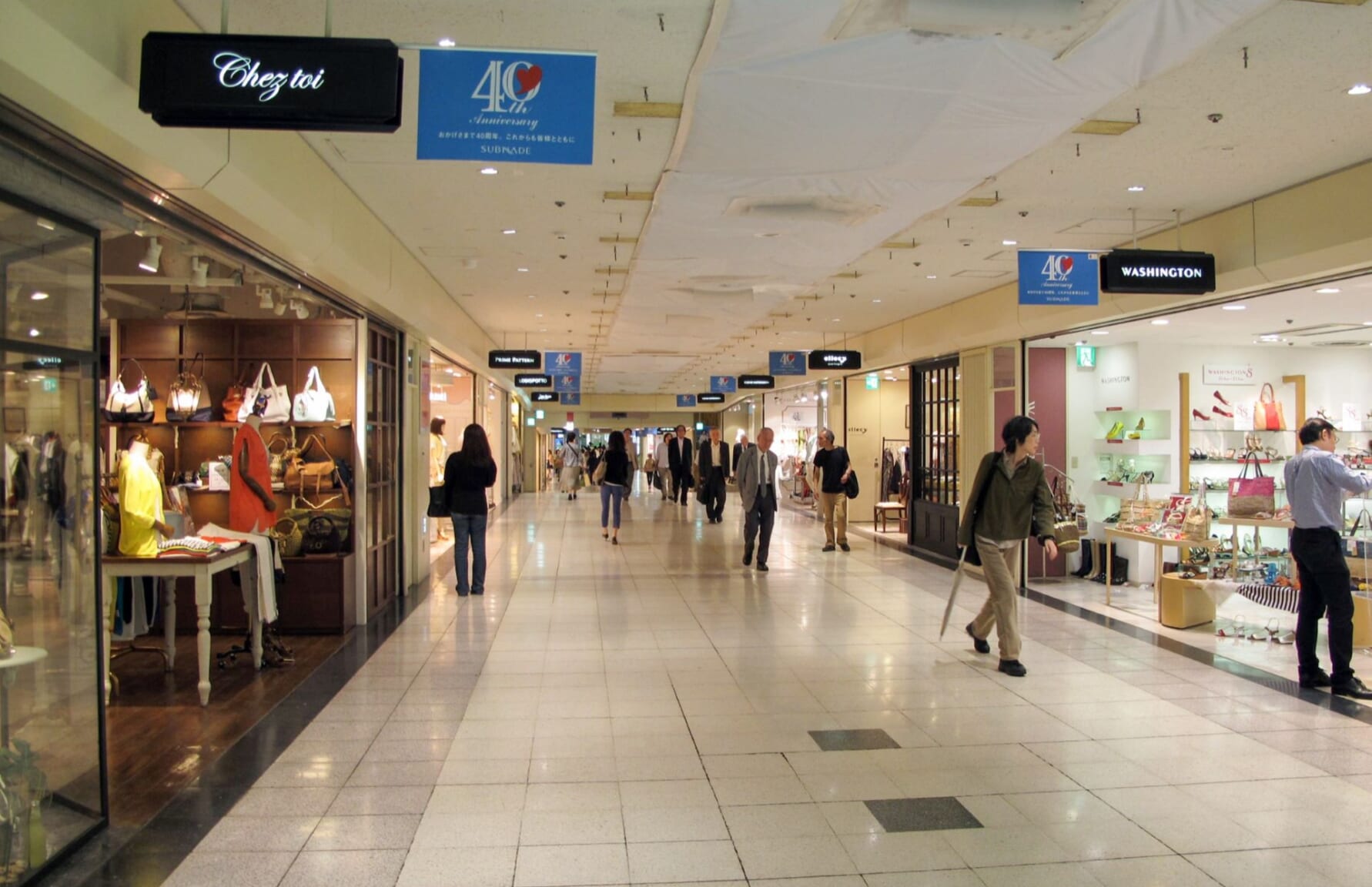
Right below your feet in Kabukicho, there’s a sizable underground shopping mall called Shinjuku Subnade (新宿サブナード), with all sorts of trendy shops, cafes, restaurants, and other services. Granted, it’s usually better to get some fresh air while exploring, but these places can be a godsend when the Pacific weather becomes too much to handle.
How to get to Kabukicho
Being in such a central area of Tokyo, there are lots of nearby train and metro stops available. The closest stations are Seibu-Shinjuku on the Seibu Line and Shinjuku-nishiguchi on the Toei Oedo Line, both less than 5-min on foot from most of the district highlights.
The massive Shinjuku Station, where enough lines converge to fill an entire paragraph just naming them (so excuse me if I don’t) is just 10-min on foot, while Higashi-Shinjuku on the Toei Oedo line and Shinjuku-sanchome on the Toei Shinjuku Line and Marunouchi line are also conveniently close.
 Access Access |
Next to Seibu-Shinjuku Station on the Seibu Line. Other nearby stations are Shinjuku-nishiguchi, Shinjuku Station, Higashi-Shinjuku and Shinjuku-sanchome. |
|---|---|
 Official Website Official Website |
http://www.kabukicho.or.jp/history.php?lang=en |
Tourist attractions near Kabukicho
The surrounding areas also have plenty of things to do and see:
Hanazono Shrine
Hanazono Shrine (花園神社), almost hidden from the nearby bustle, is the most important Shinto Shrine in the area. It’s known for its connection to the arts and entertainment, it hosts various festivals and markets throughout the year, including the famous Tori-no-Ichi. The shrine’s Inari deities are revered for blessings in business success and personal prosperity.
More info: Hanazono Shrine: A Large Shinto Shrine in Shinjuku
Golden Gai
Golden Gai (ゴールデン街) is a nostalgic labyrinth of over 200 miniature bars and eateries crammed together in a few alleys, each exuding its own unique ambiance, which can be seen in all the eclectic storefronts. Some will be welcoming to tourists, some will only accept existing members, so pay attention to the signs. Despite being right next to Kabukicho, plenty of signs remind visitors that there are security cameras and to keep quiet in the street, as the last thing patrons want is some kind of trouble around the area.
More info: Shinjuku Golden Gai: A Bohemian Haven in Tokyo
<<Enjoy the local nightlife with locals at Golden Gai!!>>
Omoide Yokocho
Omoide Yokocho (思い出横丁) can be translated as “memory alley”. But for locals, this has always been “piss alley” instead, honoring its early years as a shady and barely put together collection of underground bars with lack of public toilets, so patrons would relieve themselves well, just on the street. While that’s not the case anymore, fortunately, this great Shinjuku staple still retains its Showa-era nostalgia with the glow of red lanterns and the smoke of grilled yakitori.
More info: Omoide Yokocho: Tokyo’s Most Iconic Izakaya Alley
<<Book your Tokyo Bar Hopping Nightlife Tour here!>>
Shin Okubo (Korean Town)
Do you need a K-pop fix? The Budget was not enough to fit South Korea in your trip schedule? Are you obsessed with Korean skincare? All of you will find your haven at Shin Okubo (新大久保), a genuine Korean Town just 15-min on foot from Kabukicho! This small corner of Korea in Tokyo has all you need to make you feel like you’ve jumped to the neighboring country without even leaving Shinjuku!
More info: Shin Okubo: Korean Town in Tokyo
Whew. So many things to say about such a small district. What was intended to be a purely entertainment district linked to the scenic arts, eventually morphed into an extensively developed adult entertainment district. It would be disingenuous to deny the district’s decades-long relationship with elements on the margins of society, but for the average visitor, safety will be guaranteed as long as you keep basic common sense.
For more information about area guides and traveling in Japan, check these articles below, too!
Written by
Photographer, journalist, and avid urban cyclist, making sense of Japan since 2017. I was born in Caracas and lived for 14 years in Barcelona before moving to Tokyo. Currently working towards my goal of visiting every prefecture in Japan, I hope to share with readers the everlasting joy of discovery and the neverending urge to keep exploring.





